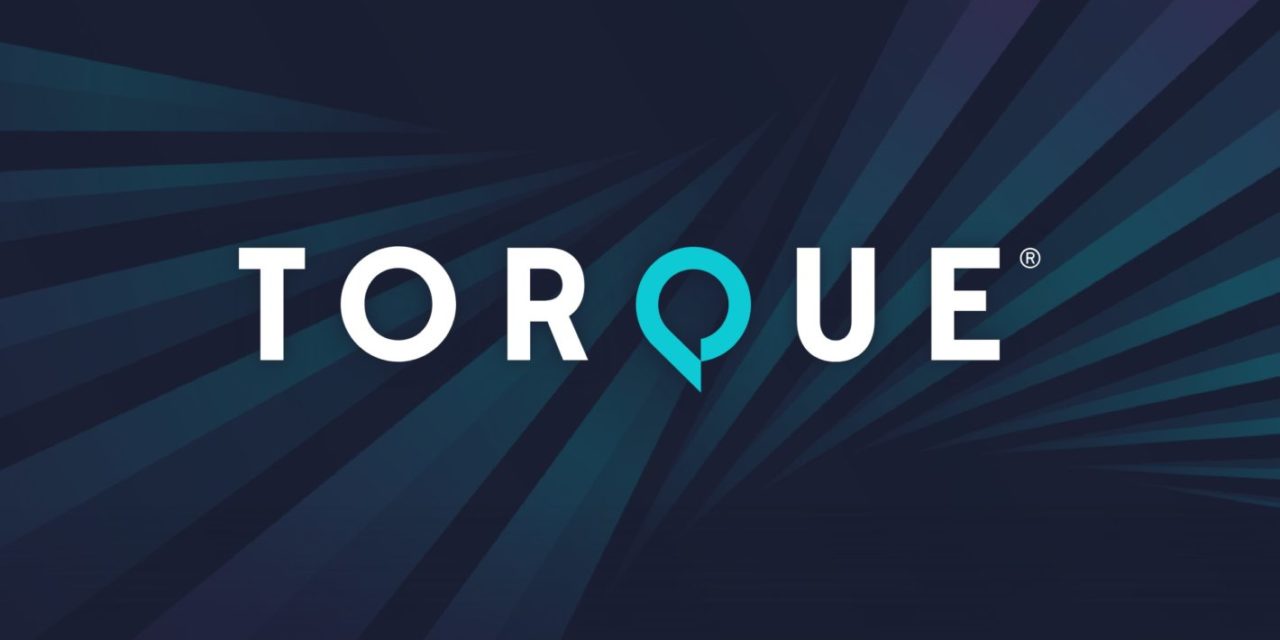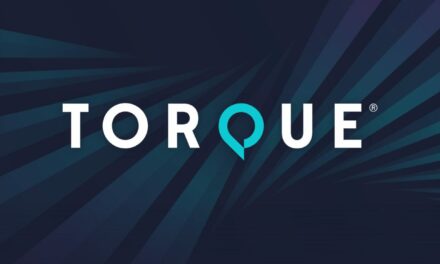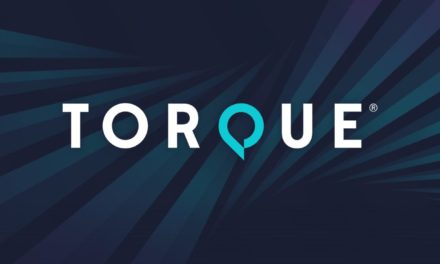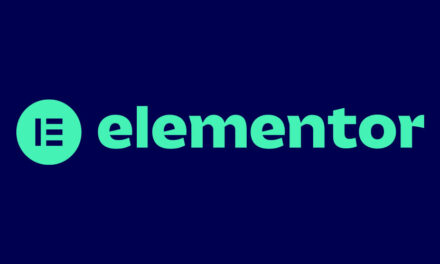If you’ve run an agency for more than a few minutes, you know all too well the struggles of trying to grow.
Most of us started as solopreneurs. After all, without the clients and cash flow to support employees, we can’t hire them in the first place. Some settled in once they hit a particular revenue goal. And others worked like maniacs until they could afford to outsource or hire additional help.
The latter is a critical step in real growth because, let’s face it—there are only so many hours in a day, which means your income and impact are both limited as a solopreneur. But hiring traditional W2 employees—especially as full-time employees, can be both difficult and costly.
This is a large part of why so many founders remain a one-person shop.
That’s where virtual assistants, or VAs, come in.
Unlike traditional employees, you can often find virtual assistants willing to work as little as a few hours per week, and since you can hire them from all over the world, your cost can be significantly lower.
When properly utilized, VAs can create a powerful stepping stone to bridge the gap between where you are now and hiring your next employee, or they can be a core part of your long-term workforce model. This is something that a lot of business owners quickly realized when they were faced with lockdowns from the COVID-19 pandemic.
Most importantly, they can help you to take certain tasks off your desk so you can focus on only the most important ones. As not only the founder but also the chief executive officer of your agency, the work you do in your business should be limited to only the most strategic roles.
But it’s easy to get caught up with the day to day operations in your agency. And many of us do.
VAs give you the ability to focus on the work that only you or your key employees can perform, while they handle everything else. When you can do that, you perform better so your clients get better results, and your costs go down while productivity and profits go up, so you build a stronger agency. Everyone wins.
Robert Nickell, co-founder of Rocket Station, believes this is the approach all agencies should take.
“The reality is that most companies today—especially agencies, are utilizing their workforce inefficiently because they have highly-paid employees performing low-level tasks, and it’s killing their productivity and profit,” he explains.
Nickell says in an ideal scenario, agency owners should have their key employees handle the things they’re best at, and outsource everything else.
So for example, if you run an SEO agency, your key US-based employees might focus on strategic planning and content creation while your overseas VAs handle things like link building outreach and maintaining Google My Business listings.
Properly leveraging virtual assistants in this way can mean the difference between being trapped at a certain revenue range or achieving massive growth.
How virtual assistants paved Robert Nickell’s path to success, and can do the same for you
Nickell doesn’t run a creative agency offering services like web development, search engine optimization, or social media like you and I do, so why should you listen to what he says about using VAs to grow your agency?
The answer to that is simple and two-fold.
First, he built his virtual assistant agency only after learning from his own mistakes in hiring VAs for his real estate business. It was at that point that he went on to restructure his own business to have VAs handle most of the day to day work, while he and key employees handled higher-level strategy. From there, he launched Rocket Station and went on to implement virtual assistants for thousands of other businesses, so he understands how to best implement VAs and avoid the common mistakes that most people make.
And second, he works with a lot of creative agencies—many of which you may recognize, so his team understands our industry and its unique nuances. As someone who has seen his results first hand as well as hearing from many of my fellow agency owners who use his services, I can attest that he is someone to listen to on this topic.
Common mistakes when hiring virtual assistants
I’ve hired my share of VAs over the years, as have a lot of the agency owners I know, and we’ve all made a lot of the same mistakes. And although he was in a different industry, Nickell’s own journey even illustrates this.
So before we get into how to properly utilize virtual assistants, let’s take a minute to talk about some of the common mistakes and how to avoid them.
Expecting VAs to be able to do everything
Most agency owners learned to become Jacks of all trades early in our entrepreneurial journey, often out of necessity. Unfortunately, that has skewed our perspective on some things.
Because we’re able to figure most things out, we often expect everyone else to be able to do the same. But it’s unrealistic to expect that from your team—especially virtual assistants, since they don’t have an ownership role in your agency.
Nickell says it’s critical to understand that VAs with strengths in certain areas tend to be weaker in other areas. For example, while a graphic designer may be great at crafting an attention-grabbing brochure, they probably aren’t great at repetitive, detail-oriented tasks like data entry.
So rather than trying to dump a wide variety of tasks on a single full-time virtual assistant, it usually makes more sense to hire a few on a part-time basis and assign the tasks best suited to their skill set.
“When we put the right people in the right jobs, we get better performance for our agency and clients, and our VAs experience greater job satisfaction so everyone wins.”
Not properly vetting VAs
Most of us have hired someone who exaggerated or even flat out lied about their qualifications. I’ve hired more than a few myself. And every single time I hired the wrong person, it was because I failed to properly vette them—a mistake I no longer make.
Today, we go beyond a resume and interview by testing the job skills of a candidate with real tasks to perform.
But Nickell takes vetting to an entirely different level with an extensive screening process to ensure the people he hires—the virtual assistants he provides to other business owners—are highly qualified.
You can model his approach for your own agency.
“Right now, we have about six thousand candidates each month, and they all go through our screening process that includes a job skill assessment, language proficiency testing, background screening, and a drug test,” he explains.
Out of those six thousand candidates, Nickell says Rocket Station hires only about two percent of the applicants they speak to.
“Avoiding hiring the wrong people is just as important as hiring the right people,” he says.
And I agree.
The average company loses between 1%-2.5% of their total revenue in the time it takes to bring a new hire up to speed, which is typically eight to twenty six weeks. Until then, you are essentially losing money on that employee or VA.
Having poorly documented or no documented processes
Early in my career, I made the mistake of thinking that following a process would kill creativity.
The reality is that it actually improves creativity by allowing us to focus on the creative aspects of a project instead of the mundane details. It also enables us to create consistently repeatable results.
But equally important is the fact that it allows us to scale larger and more efficiently because our teams have a comprehensive roadmap to follow. And when we scale with a documented process in place for the work our teams are expected to do, they will do it the way we want it done more often than if we leave them to do it their way.
That means better results, happier clients, and increased profits.
Nickell says the reason most agencies fail to scale, or start to have major issues when they do scale, is because they don’t have a documented process for the work they perform.
“I know what it’s like because I went through this myself. I had all this knowledge in my head that the virtual assistants I first hired didn’t, so they weren’t able to complete the tasks I gave them,” he explains.
Nickell says it’s critical to document every possible step in a process and provide all of the resources necessary so that even an inexperienced virtual assistant can properly complete the task.
I can tell you from first hand experience that this requires far more detail than most agency owners realize. I recently documented some processes for a service my agency provides, and I added more detail to the process document six separate times before handing it to an employee. Even then, they had questions, which meant I had to include even more detail.
Failing to define success/KPIs
We’ve all heard the saying “what gets measured gets improved,” and this is especially true when it comes to the work your virtual assistants will perform for your agency.
Nickell explains that where he sees most agencies go wrong is that they don’t define clear and objective Key Performance Indicators, or KPIs when working with VAs.
“You need to figure out exactly how to define success in a way that moves the needle for your clients, otherwise your virtual assistants will be busy but ineffective.”
He explains that with clear and objective KPIs in place, you and your VAs will communicate more clearly, you’ll be able to refine your process, your VAs will get better at the tasks you assign them, and your clients will get better results from your efforts.
How to get the most from VAs
There are a lot of potential mistakes you can make when hiring virtual assistants, and we’ve only covered a few of them. But that doesn’t mean it’s like trying to dance through a minefield. Doing it right is more than luck or guesswork.
Like anything else we do, there is a particular process to maximize the results we get from our VAs, and if we consistently follow that process, we will maximize the results.
Considering that Robert Nickell believes so strongly in documented business processes for the clients his company serves, it should come as no surprise that he also has a documented process for agency owners to get the most from their virtual assistants.
Having seen this first hand, and hearing from fellow agency owners about this process, I know how effective it is, so I’m going to share it with you.
1. Identify your needs
The first step is to identify your needs at a high level.
Maybe your core business is web development. You might want to focus on the strategy, and outsource a lot of the underlying work.
Once you’ve identified the work you need done, you can then start breaking out the individual tasks needed to accomplish it.
2. Define the scope of your project
Nickell says we then need to outline every single one of the tasks needed to complete the work.
This could be boring tasks like onboarding clients in your project management system, setting up development environments, migrating content from a dev environment to a live server, or it could be more significant tasks like design, development, and speed optimization.
Contrary to popular belief, virtual assistants aren’t limited to simple administrative types of tasks. They can do almost any type of task you can imagine—as long as you’ve properly screened them first to ensure they have the appropriate skills.
Ultimately, Nickell says, “The key is to figure out what only you can do, and then start working to hand everything else off to a virtual assistant.”
His logic is solid. When you’re not bogged down with all of the little things in your agency, you can focus on the more specialized aspects of your services.
He says some lower-skilled work you could hand off to a VA might include:
- Conducting backlink audits.
- Onboarding new clients.
- Identifying new link building opportunities
- Setting up a dev environment.
- Conducting link building outreach.
- Migrating a dev site to a live server.
- Tracking the performance of your efforts.
- Updating WordPress plugins
- Compiling reports on your work
He explains, “When you’re building a website, you might break it up into planning, design, development, and migration phases, and within each of those phases, you might have dozens or even hundreds of individual tasks. It’s important to outline all of the tasks so that you can determine exactly who does what.”
But he says a lot of agency owners make a significant mistake here.
“Many think everything in their business is so specialized that only they can do it.”
I understand that because I’ve been there.
Anyone who knows me knows I have high standards and want things done a certain way, so I initially had a hard time delegating.
3. Document your process
The importance of process can’t be overstated, both because it’s essential to an efficient and scalable agency, and because it’s essential to your virtual assistants properly completing tasks.
A perfect example of this is the assembly line, which enabled Henry Ford to dominate the auto industry.
“Most businesses don’t have documented processes,” Nickell explains. “A process helps your virtual assistants consistently perform tasks to your standards without missing any steps.”
But when it comes to having a process, most of us haven’t given enough thought to how much really goes into the work we do. That’s because we have so much experience doing what we do that we take our own knowledge for granted. We often don’t realize all of the little steps that go into our work until we sit down and try to teach someone else.
Dave Davies, who runs Beanstalk Internet Marketing and is the host of Webcology, recently experienced this while being onboarded as a client of Rocket Station. Part of that process included Davies performing the tasks he wanted to outsource to a VA while being observed on screen share with one of one of Rocket Station’s process engineers. He quickly realized there was a lot of knowledge in his head that he took for granted, and that knowledge would have to be included in his process.
“Seeing the process documented for me immediately helped me understand the value Rocket Station brought to the table.
Yes, helping me save time by shortlisting great candidates has a huge value, but knowing that my staff has clear direction on how tasks are performed, created by someone who isn’t me and thus, doesn’t just think of things in automatic, is amazing.
Amazing because things immediately were being done correctly, and more amazing because as I need to onboard new people, the directions are already in place for key tasks – saving me even more time.”
Ideally, your process should be documented in the cloud where your team always has access to the current version.
In my agency, we use a combination of the flowchart tool, diagrams.net, Google Docs, and videos stored on Google Drive. We also use templates in our project management system to ensure that every step of the process is followed and completed.
Nickell says every agency owner needs to figure out what combination of tools will work best for them to document their process.
4. Source your virtual assistants
There are two paths you can take in sourcing your virtual assistants. You can either find and hire them yourself or you can have an agency handle that for you. I’ve done both, and can say from first hand experience that there are pros and cons to each. In either case, your first step here is to determine whether you want U.S.-based or overseas VAs.
Dennis Yu, who runs ChiroRevenue and is a client of Rocket Station, has long been an advocate of agencies employing VAs—particularly those in the Philippines.
“We’ve hired hundreds of VAs in the last decade. Hiring and managing VAs directly is super cost effective if you have a strong operations team and have people on the ground in the Philippines. We’ve seen success for direct hiring from agencies who are readily available, have a tightly documented process, and have experience managing remote teams,” he says.
But Yu also warns, “If these 3 conditions aren’t true, you’ll likely suffer from the notorious “disappearing VA”. Most agencies wonder why their VA flakes out, not understanding that offshore VAs need regular communication, clear task assignments, and constant encouragement.
The cultural and time zone differences add further complexity, wiping out the cost advantages of outsourcing if you don’t have management and training in place.”
The advantages of U.S.-based virtual assistants are that there tends to be fewer language issues and they are usually closer to your time zone. The primary disadvantage is that they tend to cost more. There may be other labor and tax issues to be aware of depending on what state you and they live in.
The main advantage of overseas virtual assistants is that you can typically get competent workers at a significantly lower cost, while the disadvantages can be language and time zone challenges.
Where to find your virtual assistants
There are a lot of places to find your VAs, and there are pros and cons to each.
- Both general and VA-specific job boards.
- Gig sites.
- Social media.
- Your network.
- Virtual assistant agencies.
Job boards and gig sites offer large pools of VAs, but there will be a lot of potential applicants to sort through, so it will be especially important to have a solid process to screen out applicants who aren’t a fit.
Tapping into your network can be a powerful way to find VA’s who might be a good fit, but keep in mind that a lot of people may want to keep their VA to themselves.
Working with a virtual assistant agency, like Robert’s company, tends to be a bit more expensive than the other options, but they also do all of the heavy lifting of finding and screening applicants, so all you need to do is give them tasks to perform.
Ultimately, it all comes down to your situation and budget.
5. Communicate throughout the project
You need to clearly communicate expectations with your virtual assistants from the start of a project, ensure everyone stays on the same page throughout the project, and explain where performance and expectations aren’t lining up.
This ensures that your projects go smoothly and profitability, that your clients are satisfied, and your agency continues to grow.
The key is to route all communication through a system that ensures nothing falls through the cracks and that you’re able to review it later if you need to.
A project management system like Teamwork or Monday can be an effective way to do this, in conjunction with a CRM integrated with your email.
6. Measure your VA’s performance
Objectively measuring the performance of your virtual assistants is critical to building a strong agency. There are several reasons for this.
The first and most obvious reason, Nickell says, is to ensure that your team is performing as they should. He says that another equally important reason is that it helps manage expectations, which means your VAs will have greater job satisfaction, perform better, and stay around longer. There is nothing but upside.
But it’s critical to define appropriate Key Performance Indicators, or KPIs.
Nickell explains, “KPIs need to be something that can be objectively measured with no room for interpretation, and should be directly attributable to your end goal. So for example, if you’re running an SEO agency, you may want to track the number of outreach emails sent for a link building campaign, but a more effective KPI would be the number of links earned as a result of those emails.”
He says every piece of data tells us something, but we need to evaluate what type of action a particular KPI encourages.
“You need to determine how to best measure work completed by your virtual assistants so we can improve the operations side of our business without pushing them to waste time in ways that achieve the KPIs, but fail to move the needle for your clients,” he says.
Nickell says it’s best to reverse engineer a set of KPIs that create a path to your clients’ end goals.
7. Scaling your virtual assistant team
Once this framework is in place, it’s time to step on the gas and scale your team, but keep in mind that trying to scale before that will almost always result in failure.
At this point, you can begin adding new virtual assistants slightly ahead of schedule so they’re up to speed on your process before you’re faced with an increased workload from new clients. This helps ensure that you’re able to effectively meet the needs of these new clients.
It’s important to be even more attentive to both the KPIs you’re measuring your VAs by because as you scale, some of your processes will break and you need to be ready to adapt your process to your new environment.
Throughout this, it’s smart to look at all of this from a holistic perspective, because you’re trying to balance:
- Your clients.
- Their competitors.
- Your internal team.
- Virtual assistants.
- Processes.
- Tools and technology.
- Your own competitors.
In other words, you’re managing a lot of different moving parts, and that’s exactly why you need a strong team to support you.











